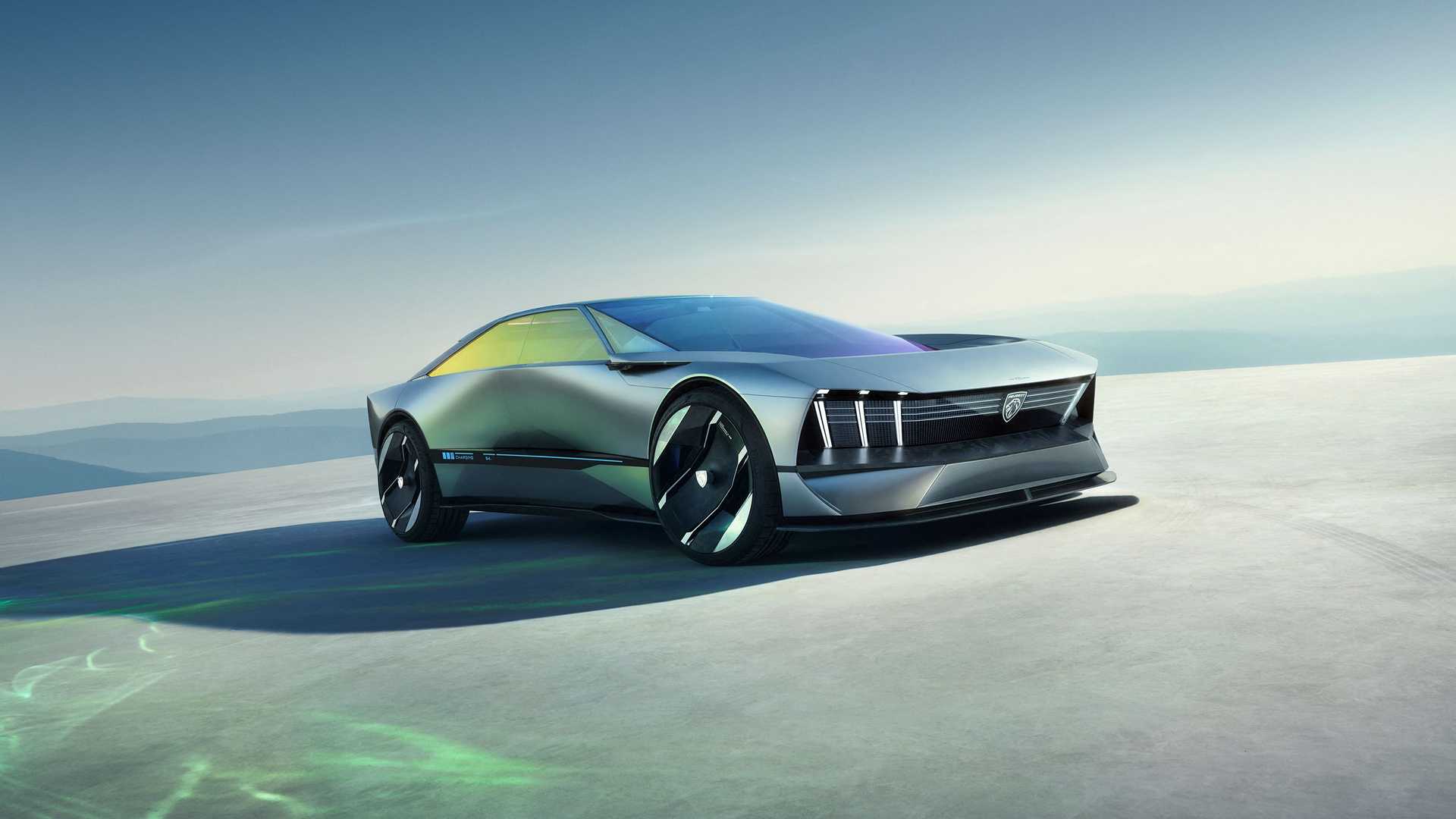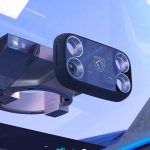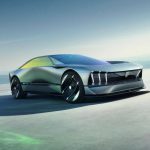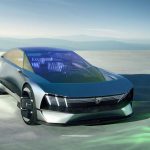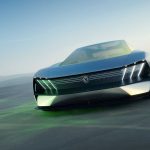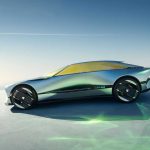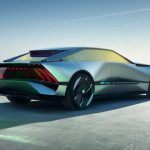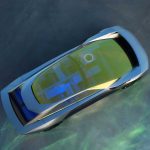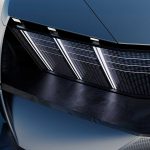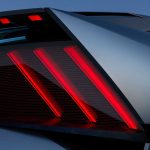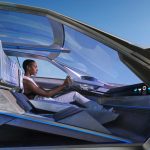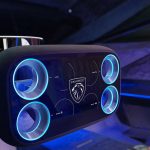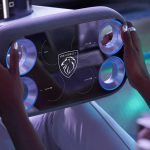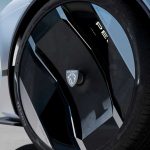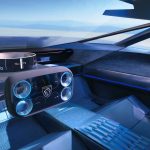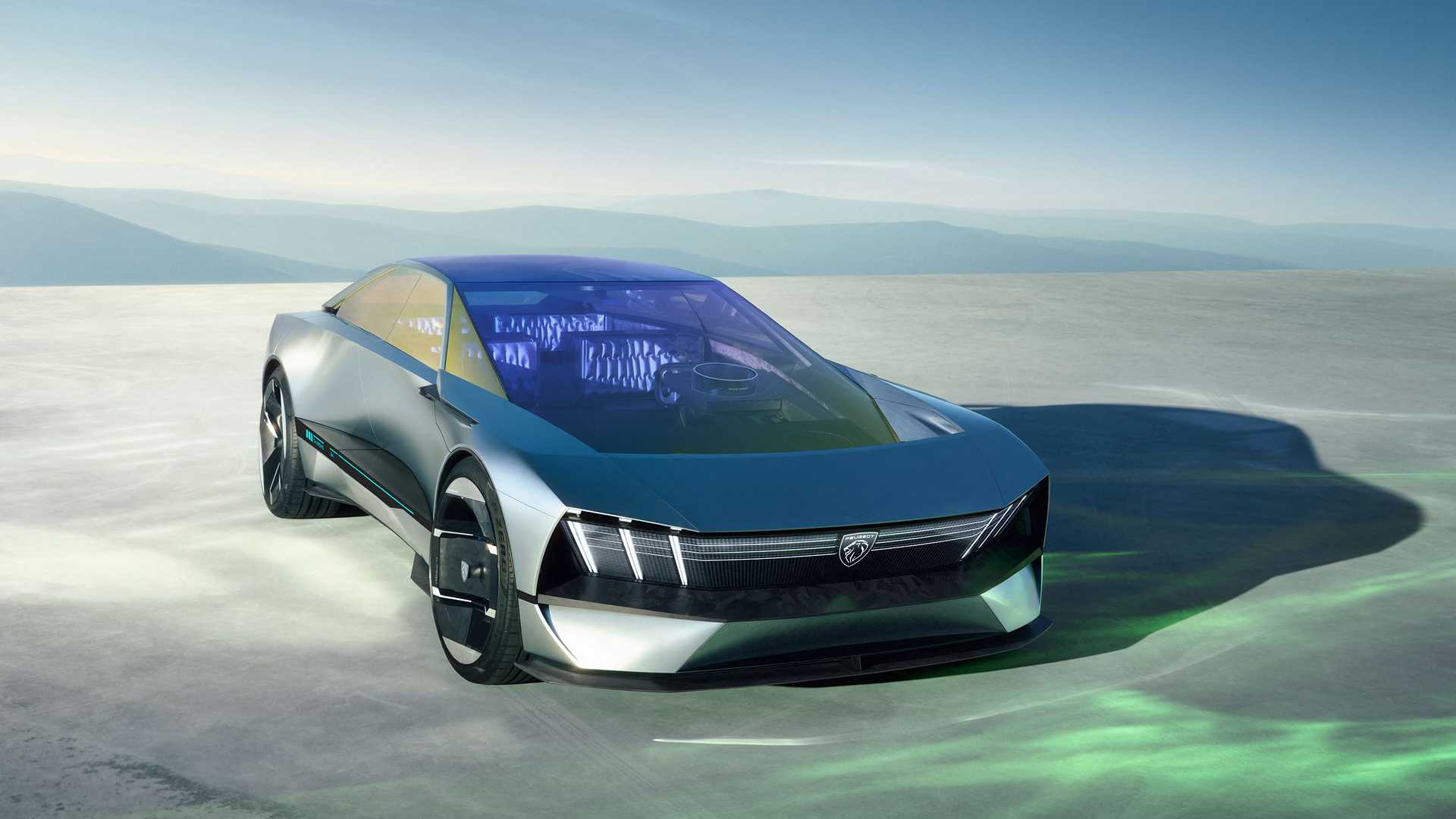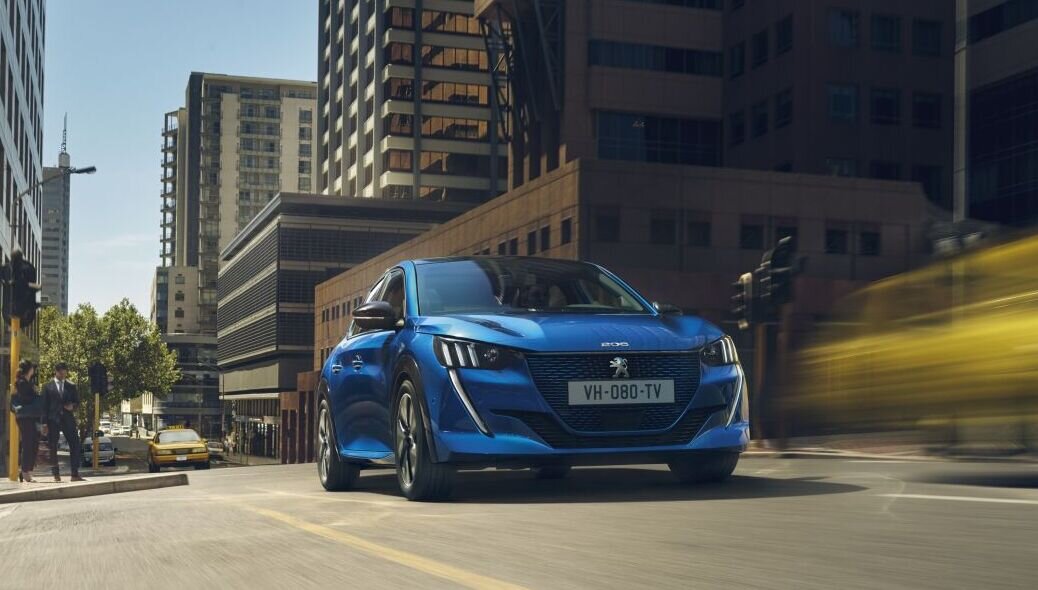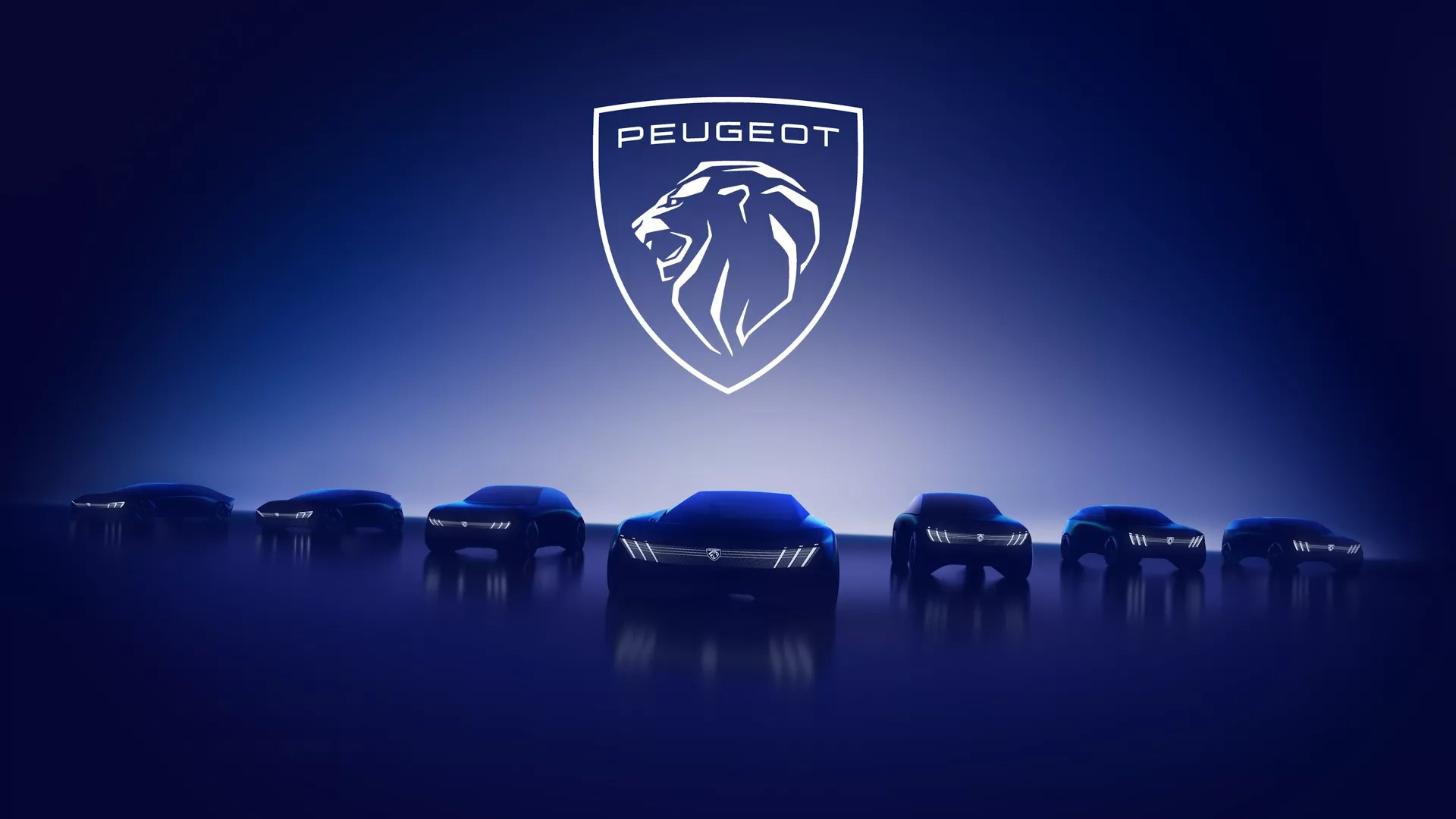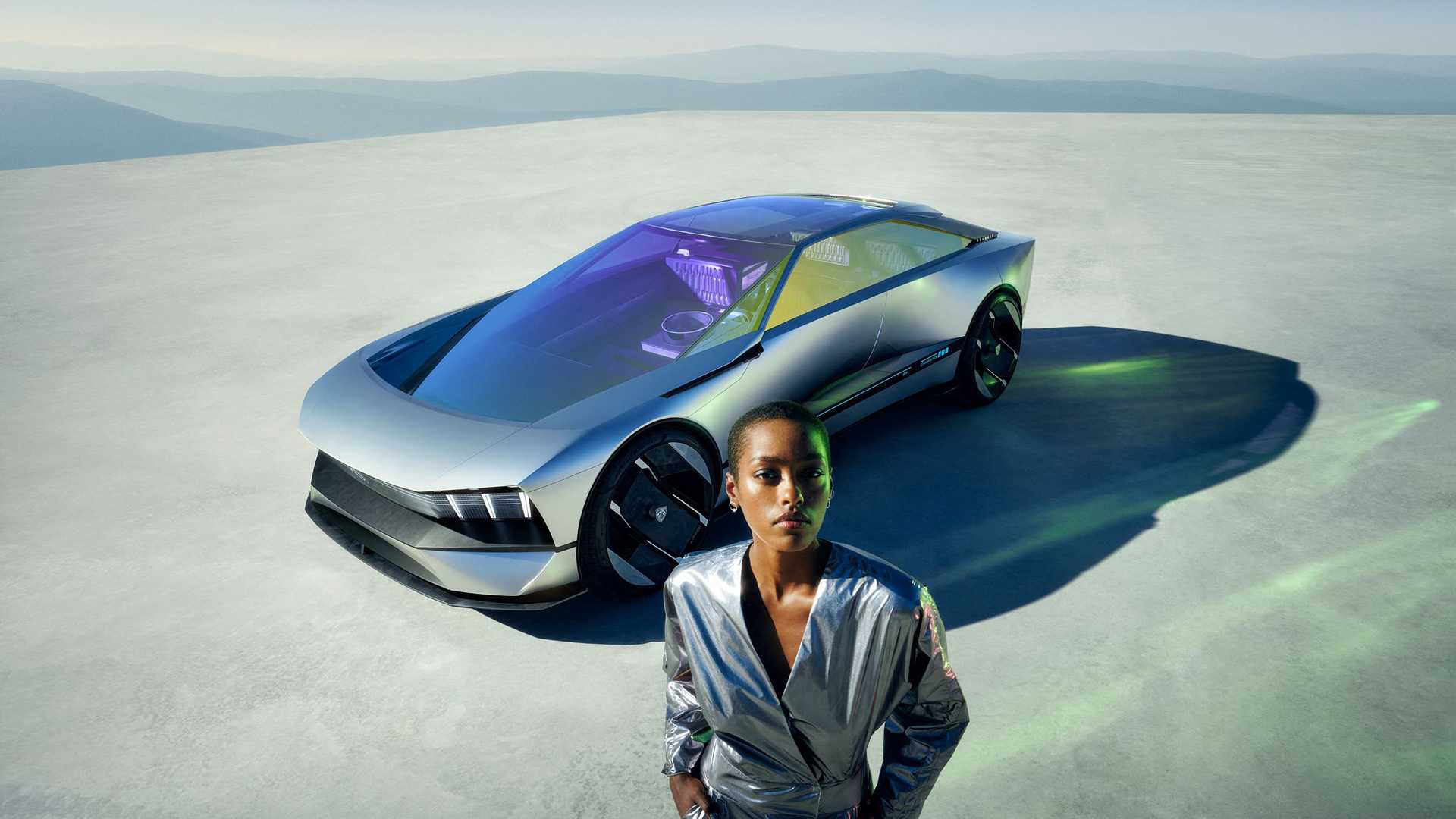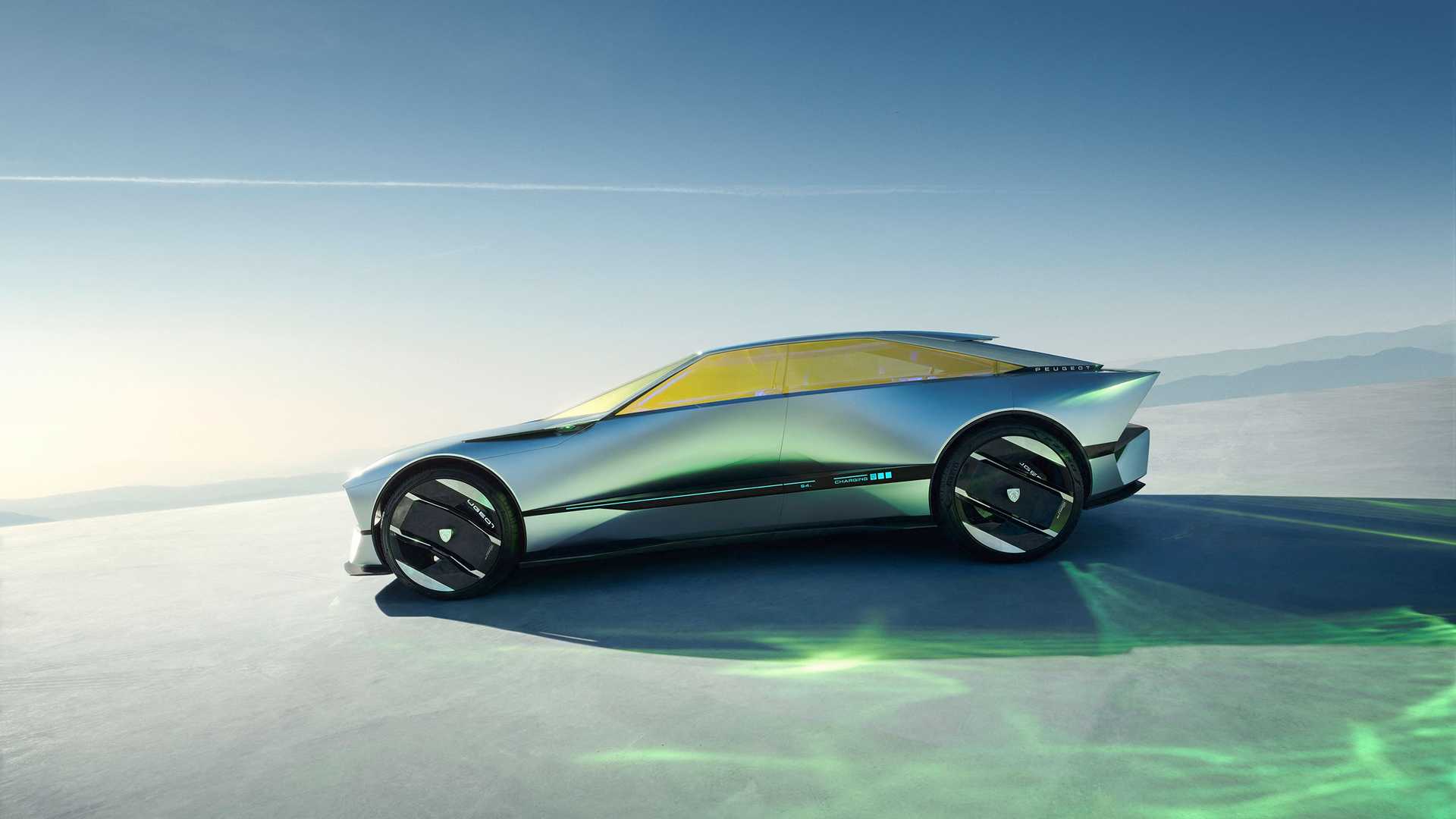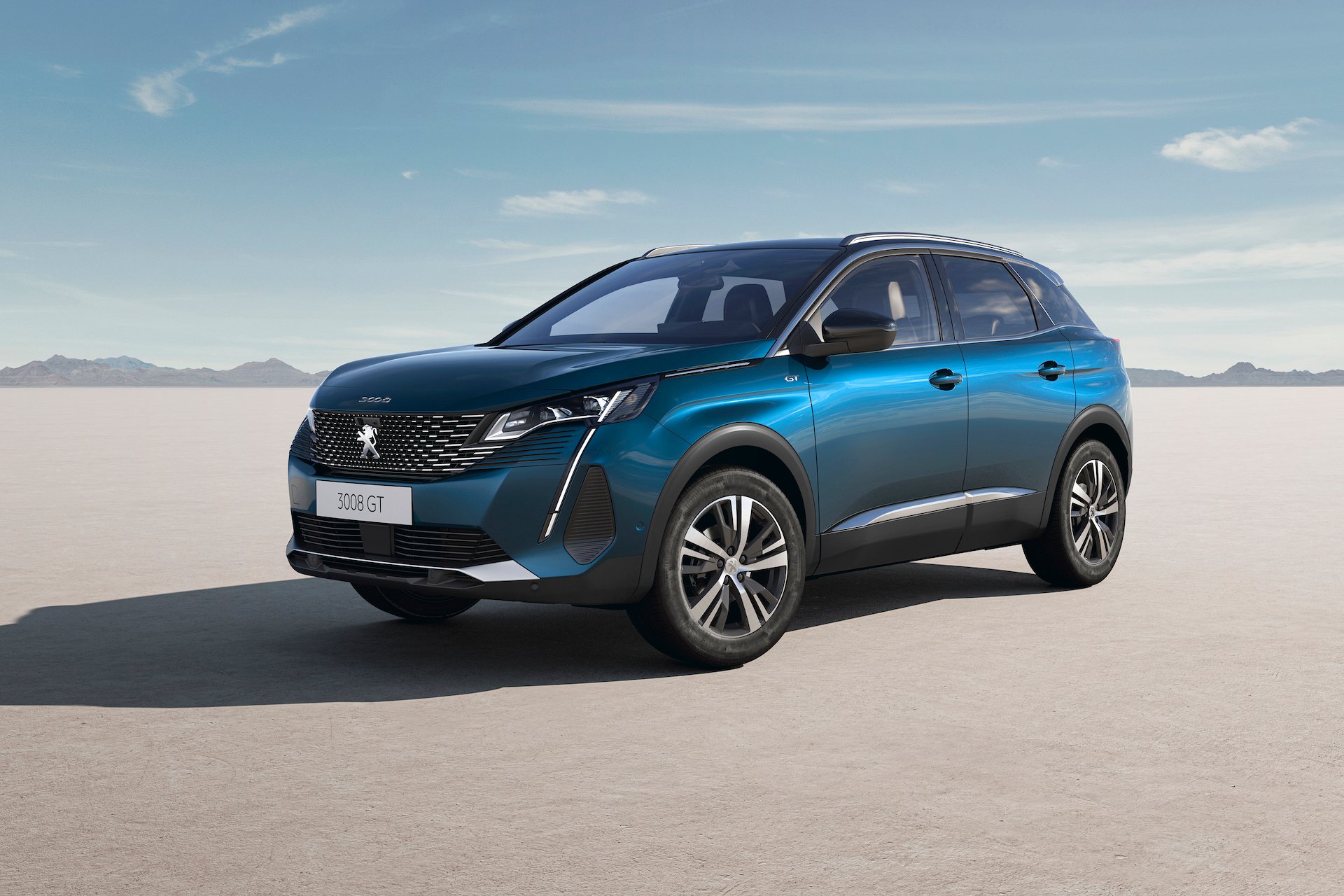The Peugeot Inception concept was unveiled at the Consumer Electronics Show 2023. The concept car, a sleek saloon, showcases Peugeot’s vision for the future and provides an initial glimpse into the features of the STLA Large platform developed by parent company Stellantis.
The STLA Large platform will be used for larger vehicles within Peugeot’s lineup, and the Inception is a prime example, measuring five meters in length. The size of the Inception has been carefully chosen to demonstrate the numerous innovations it represents and will serve as an inspiration for future Peugeot models, from the most compact to the largest, starting in 2025.
The Inception is powered by a 100 kWh battery located between the car’s long wheelbase, which Peugeot claims can provide a range of up to 497 miles (800 km). The battery supplies electricity to two compact electric motors, one on the front axle and one on the rear, for all-wheel drive.
These motors generate a combined total output of approximately 670 horsepower, enabling the Inception to accelerate from 0 to 62 mph in less than three seconds. The Inception’s 800-volt technology, a first for a Peugeot EV, also allows for rapid charging capabilities.
Peugeot claims that the battery can be charged with 18 miles of range in just one minute, and up to 93 miles in five minutes, though the maximum rapid charging rate has not yet been specified.
The Inception’s design takes Peugeot’s signature styling and updates it for a new era. It has a “feline stance” with upright, three-bar running lights at the front that frame a grille that houses the car’s sensors for its driver assistance systems.
The rear of the car features a similar arrangement with the tail lights framing a smooth rear glass panel. Peugeot plans to roll out the Inception’s simpler and more refined design language across its entire range in the middle of the decade.
The concept car’s mix of sharp, geometric lines and softer, more muscular surfaces will likely be seen on production models in the near future. It is unlikely that the Inception’s “smart glazing,” which is made up of 7.25 square meters of glass with improved thermal properties and iridescent reflections, will be included on future production models.
However, the car does have other tech features, such as doors with a horizontal “Tech bar” that can display messages to the surrounding environment, and artificial intelligence that can recognize an approaching driver and adjust the seat position, temperature, driving mode, and multimedia preferences.
The interior of the Inception is equipped with the latest version of Peugeot’s i-Cockpit system, featuring a new technology called Hypersquare. This rectangular steering wheel has digital electric controls and screens in each of its four corners, allowing the driver to control the car’s main functions without taking their hands off the wheel.
Peugeot plans to introduce the Hypersquare in its production models by the end of the decade. The Hypersquare uses steer-by-wire technology, meaning there is no mechanical connection between the steering wheel and the front wheels, allowing Peugeot to develop a new cabin architecture with the i-Cockpit system that incorporates Stellantis’s STLA Smart Cockpit software platform, which emphasizes voice, gesture, and touch inputs.
The cabin also includes STLA Brain, which is Stellantis’s on-demand services pillar. When the Level 4 autonomous driving mode is engaged, the Hypersquare retracts into the dashboard and a large panoramic screen emerges from the floor, altering the environment and user experience.
The Inception’s interior design breaks from traditional conventions with wider seats that adapt to the body shapes of the occupants for added comfort, and a low-line dashboard with controls relocated lower down to improve forward visibility and the feeling of space. The car’s trim is made from a mix of materials including molded textiles, raw steel, velvet, and 3D-printed materials, creating a range of textures.

